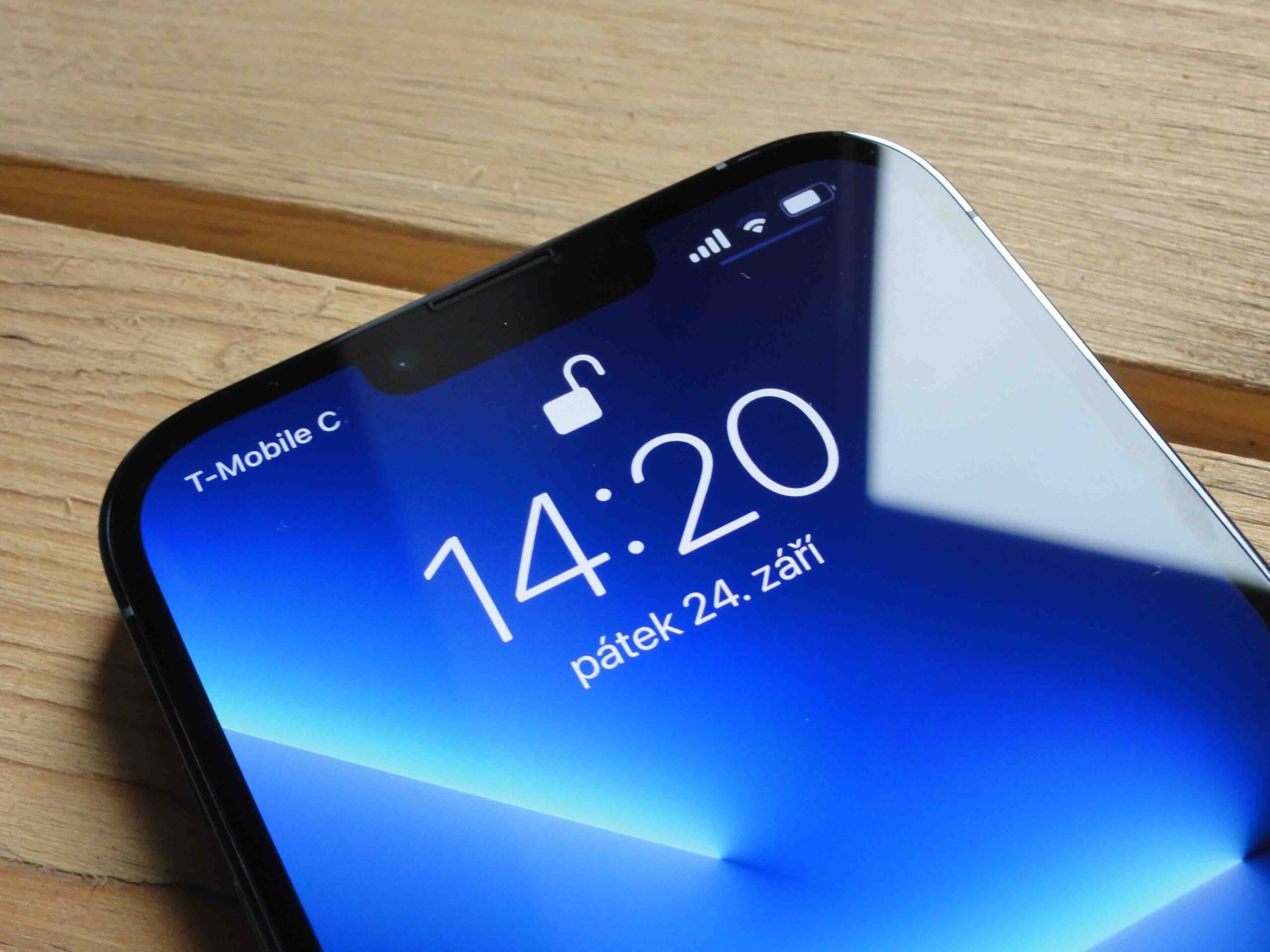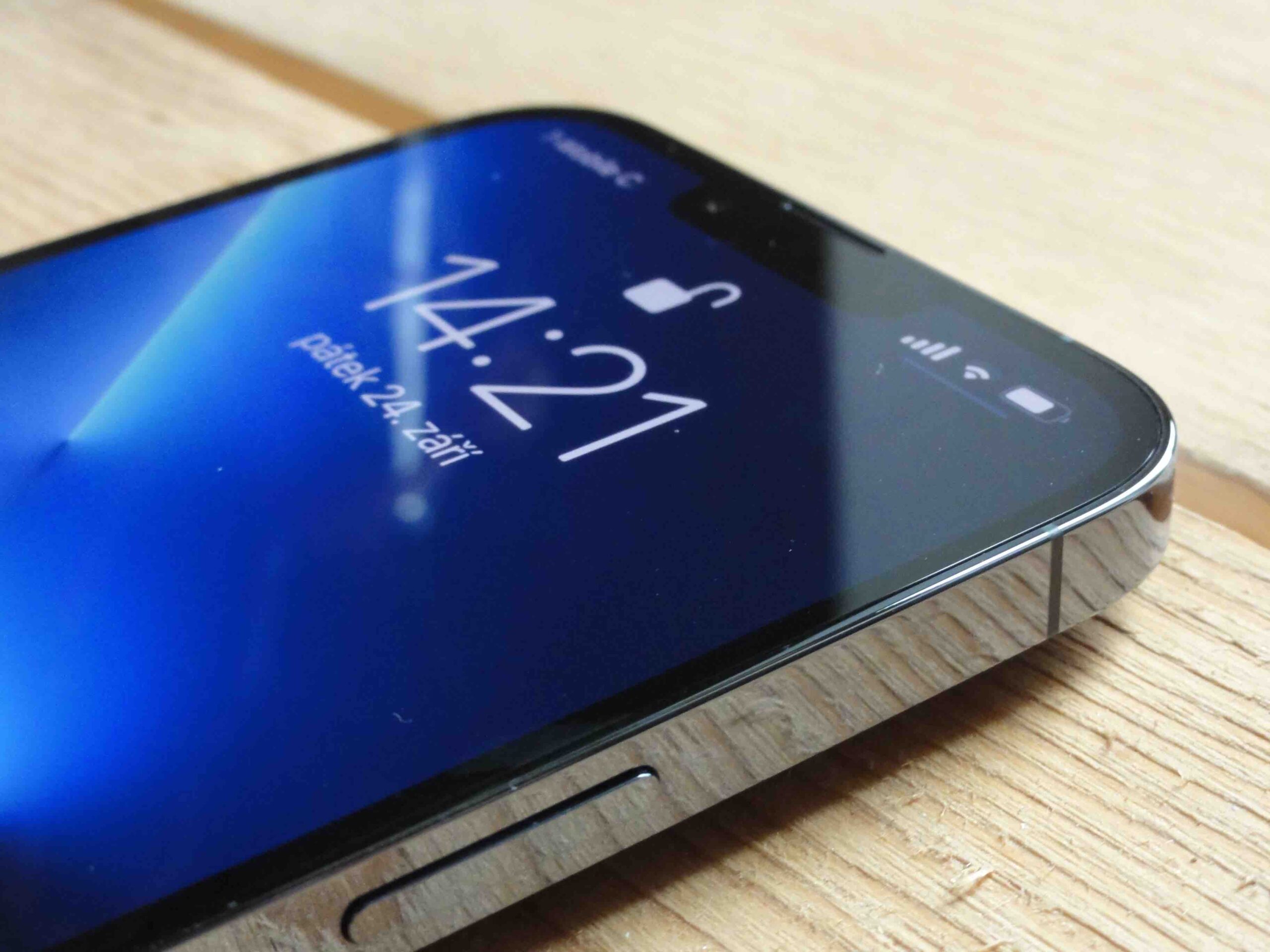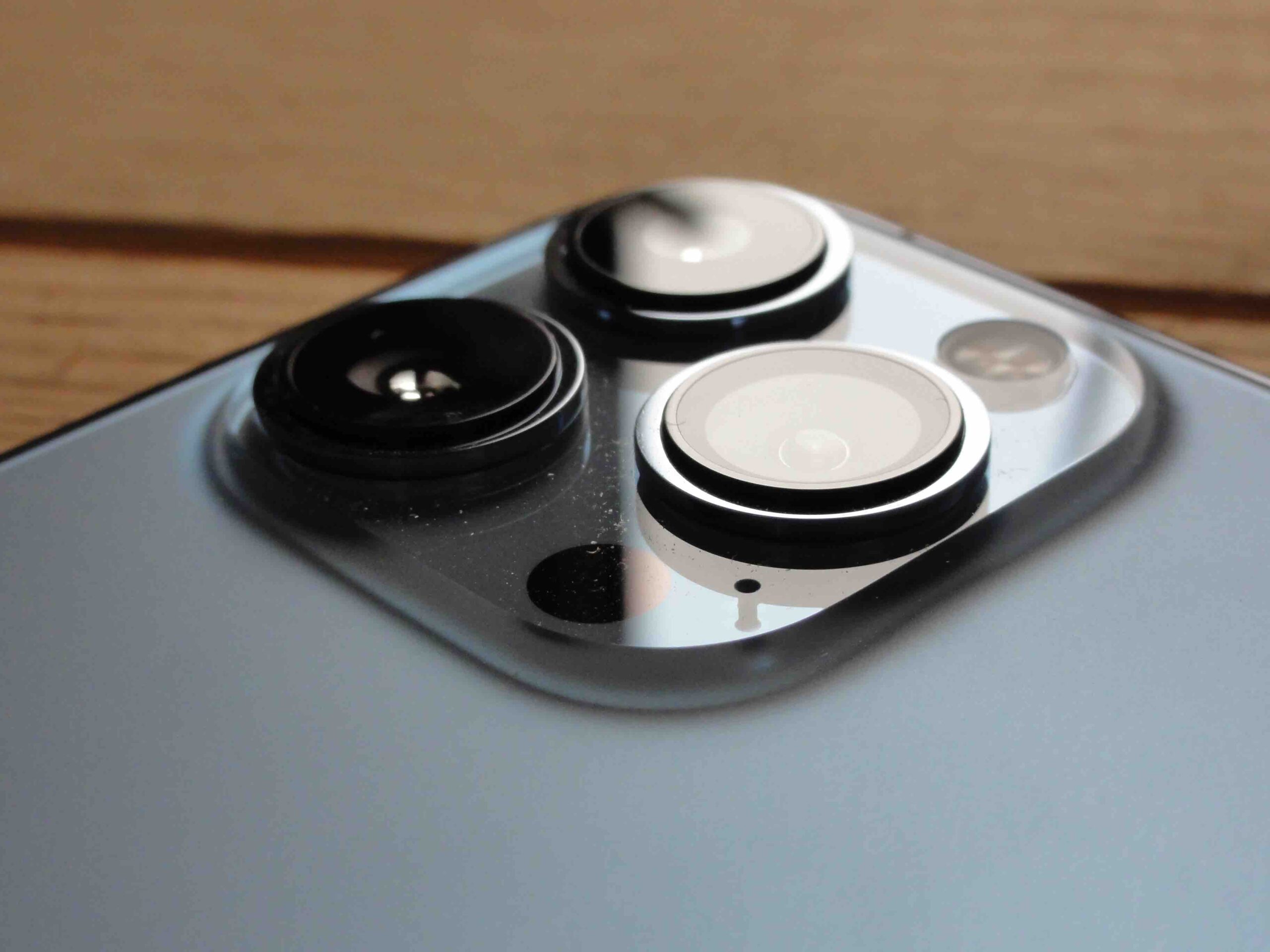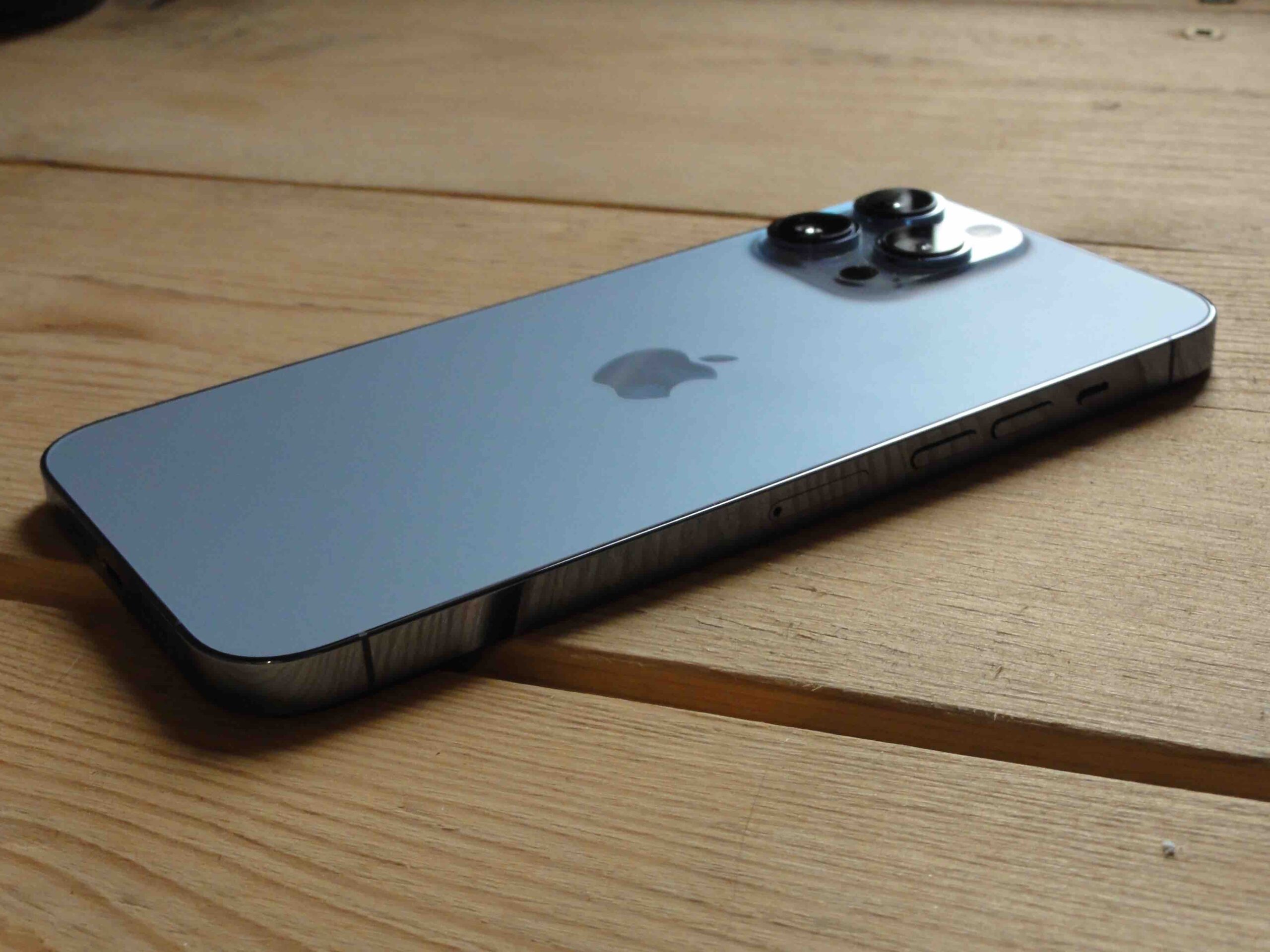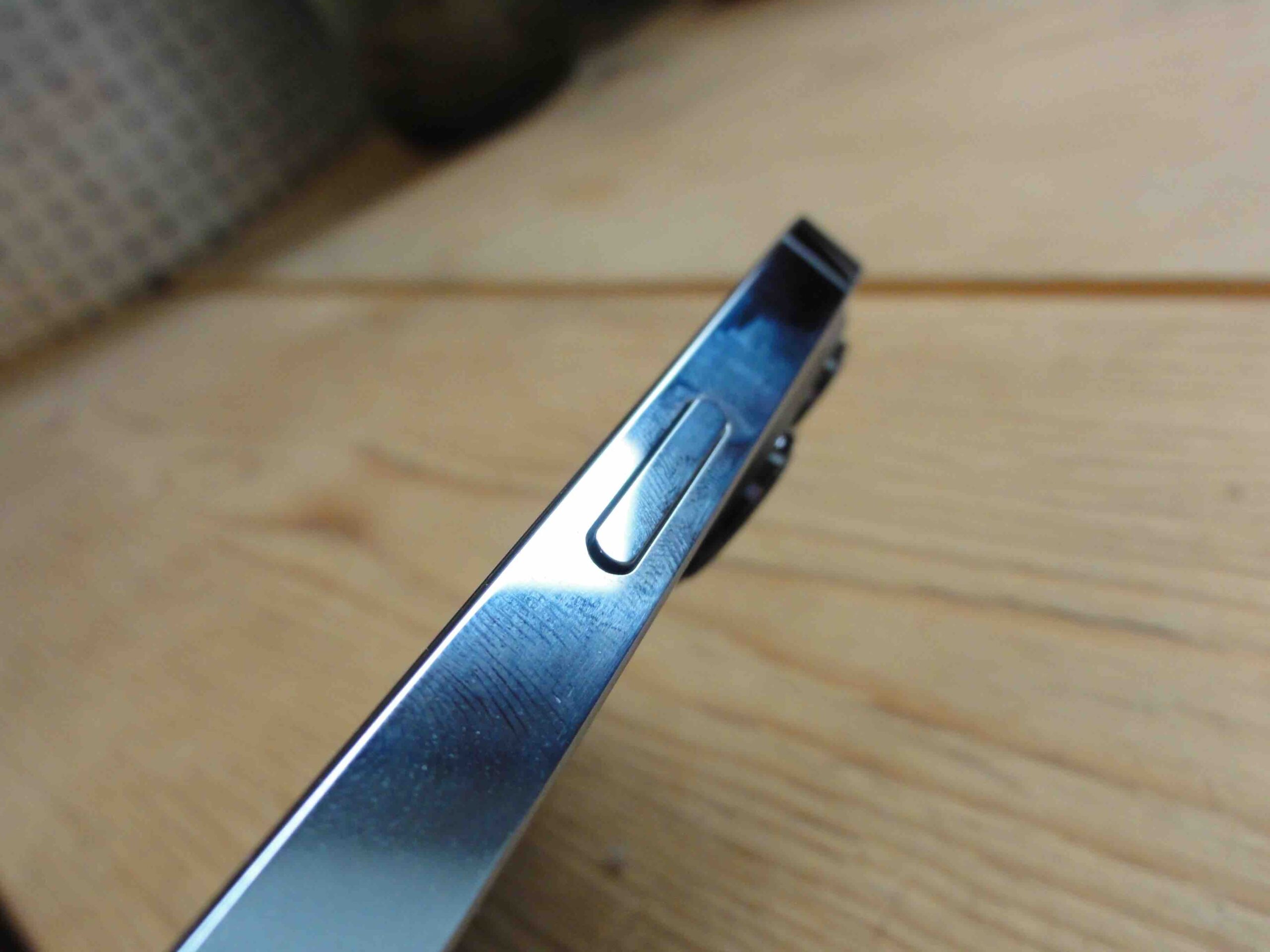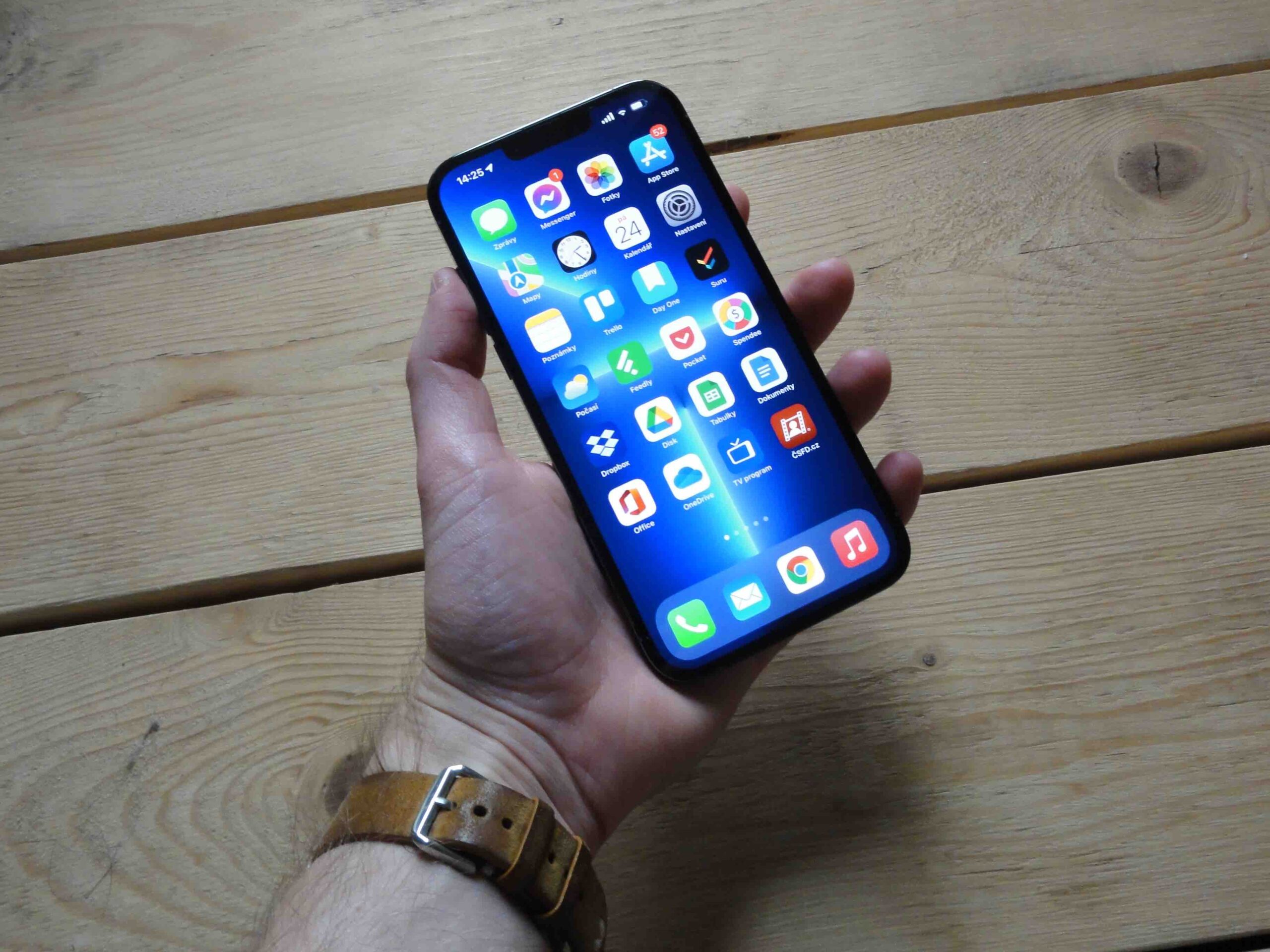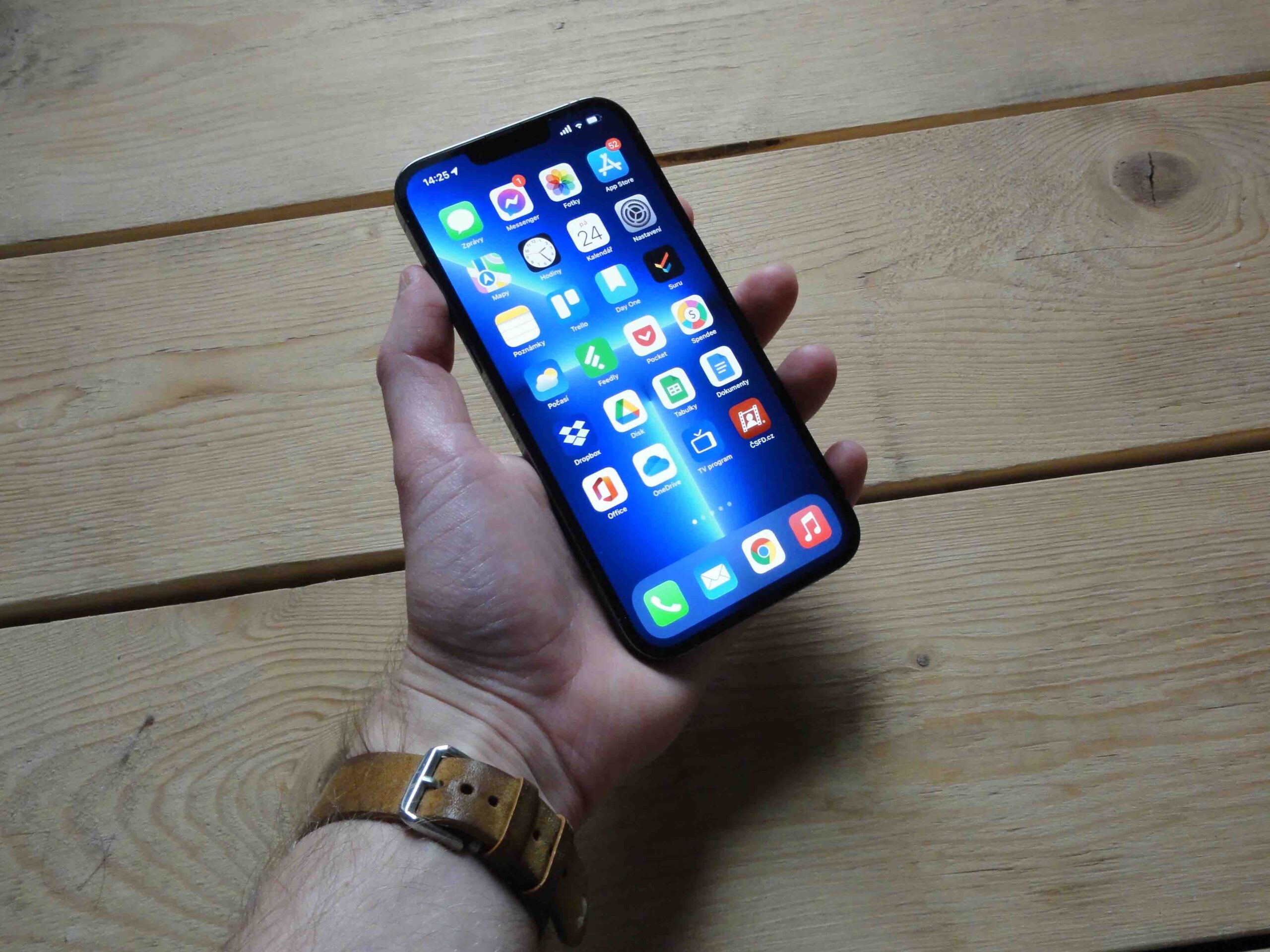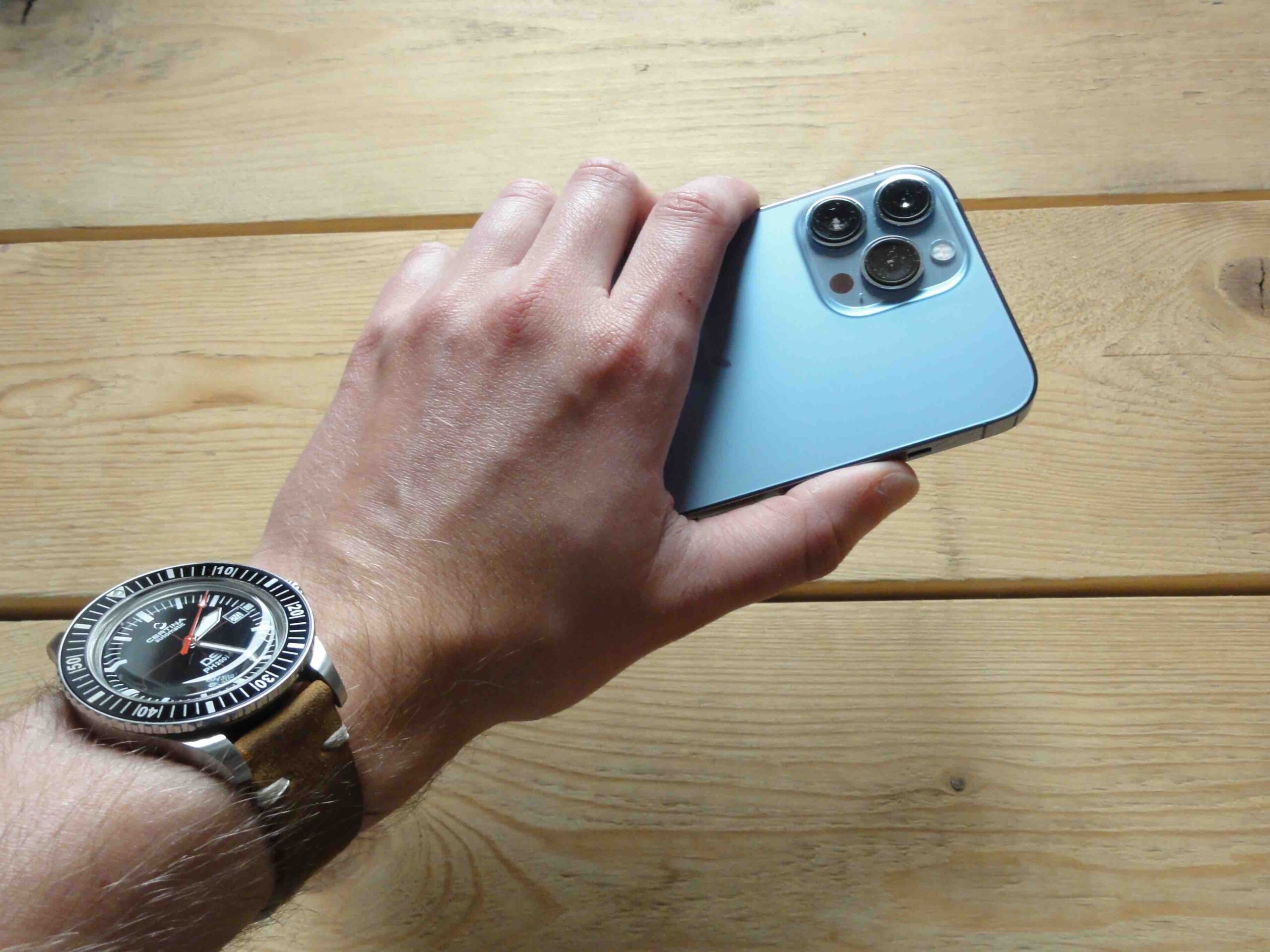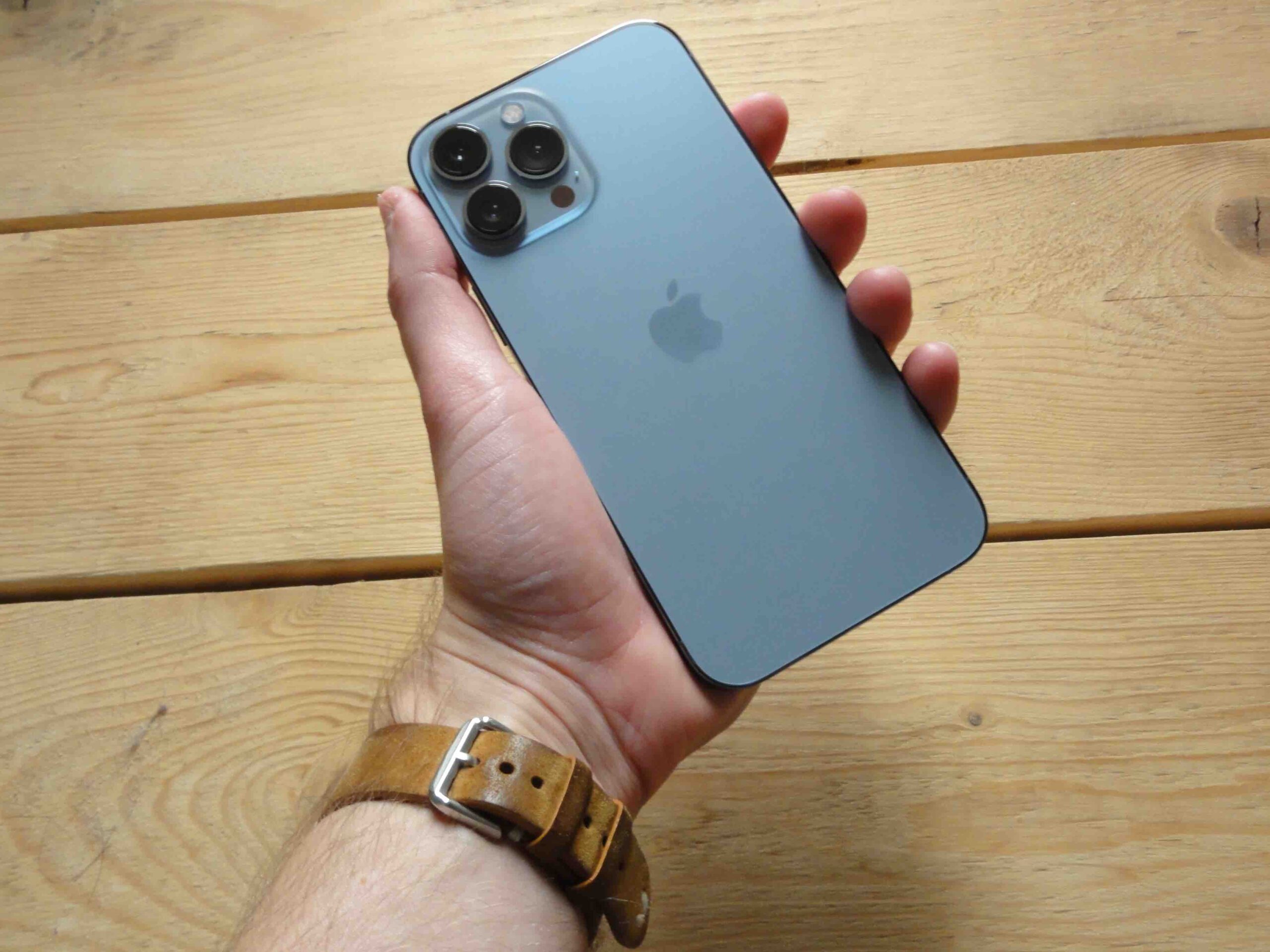If you want to charge your iPhones, you can do so at maximum speeds of 7,5 W for wireless, 15 W for MagSafe and 20 W for wired. And that's not much when you consider that the competition can handle up to 120W charging. But Apple limits the speed on purpose. E.g. The iPhone 13 Pro Max can also handle 27W charging, but the company does not state this.
The size of the battery, i.e. how long the device lasts on a single charge, is constantly mentioned in the first places in various customer surveys. At least in this regard, Apple took a step forward when it increased the battery life by an hour and a half for the basic versions, and even 2 and a half hours for the larger ones. After all, the iPhone 13 Pro Max is supposed to have the best battery life across all classic smartphones.
According to a test available on YouTube, the iPhone 13 Pro Max lasted 9 hours and 52 minutes of continuous use. And of course, the test record was also jerked. It has a battery capacity of 4352 mAh. Only behind it was the Samsung Galaxy S5000 Ultra with a 21mAh battery, which lasted 8 hours and 41 minutes. To add, let us state that the iPhone 13 Pro lasted 8 hours and 17 minutes, the iPhone 13 7 hours and 45 minutes and the iPhone 13 mini 6 hours and 26 minutes. The increase in endurance is not only due to a larger battery than was the case with the iPhone 12 Pro Max (3687 mAh), but also the adaptive refresh rate of the ProMotion display.
It could be interest you
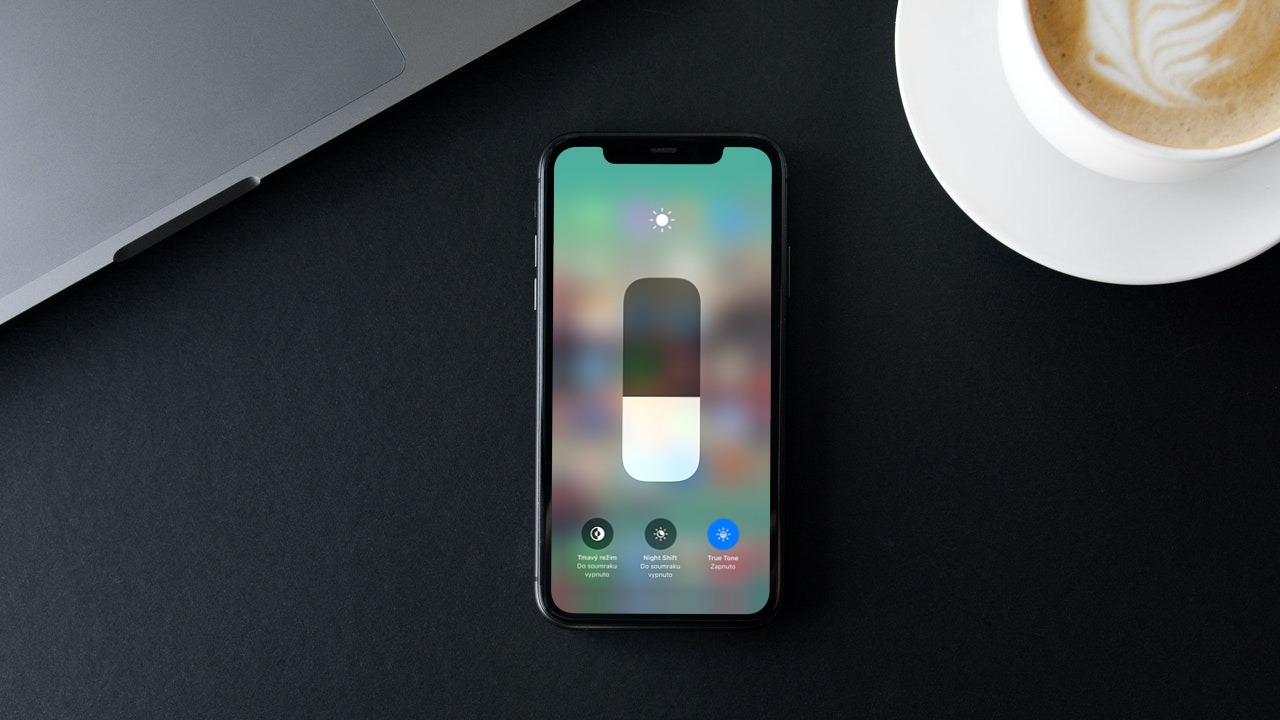
27W only up to 40%
The ChargerLAB company then found through its testing that the iPhone 13 Pro Max can receive up to 27 W of power, compared to the 20 W declared by Apple. Of course, an adapter with the same or higher power is needed for this. E.g. with the iPhone 12 Pro Max last year, the test revealed the possibility of 22 W charging. However, the novelty does not use the full 27 W power during the entire charging process, even if you use an ideal adapter.
This power is used only between 10 and 40% of the battery capacity, which corresponds to a charging time of approx. 27 minutes. As soon as it exceeds this limit, the charging power is reduced to 22-23 W. The iPhone 13 Pro Max can thus be charged to full battery capacity in about 86 minutes. This does not apply to wireless charging, so you are clearly limited to 15W charging in the case of MagSafe technology.
Faster does not mean better
Of course, there is a catch. The faster you charge the battery, the more it heats up and the faster it degrades. So, if you're not outright charging, it's always worth charging it a little more slowly to maintain a long battery life. Apple itself mentions that all rechargeable batteries are consumables and have a limited lifespan – their capacity and performance deteriorate over time, so they eventually need to be replaced. And above all, aging of the battery can lead to changes in the performance of the iPhone. So here we are talking about battery health.
Apple divides the charging of its batteries into two parts. For him, fast charging takes place from 0 to 80%, and from 80 to 100%, he practices so-called maintenance charging. The first, of course, tries to recharge as much of the battery capacity as possible in the shortest possible time, the second will reduce the electric current in order to extend the life of the battery. You can then charge the lithium-ion batteries in the company's products at any time, so it is not necessary to discharge them completely before recharging. They work in charging cycles. One cycle is then equal to 100% of the battery's capacity, regardless of whether you recharged it once from 0 to 100% or 10 times from 80 to 90%, etc.
 Adam Kos
Adam Kos 